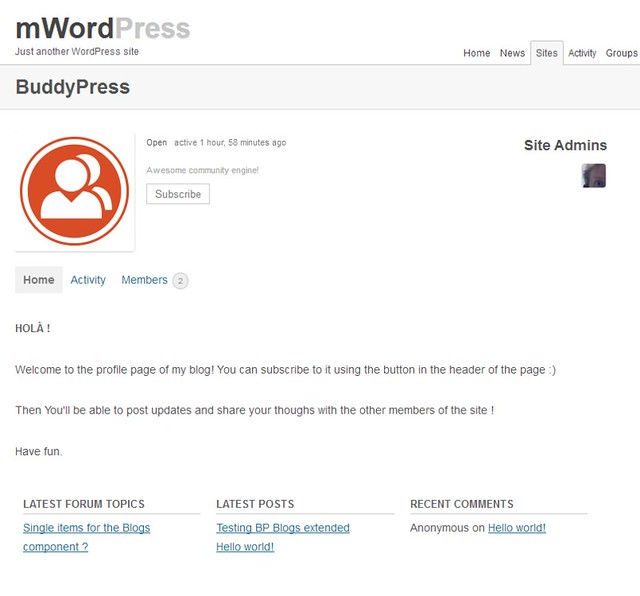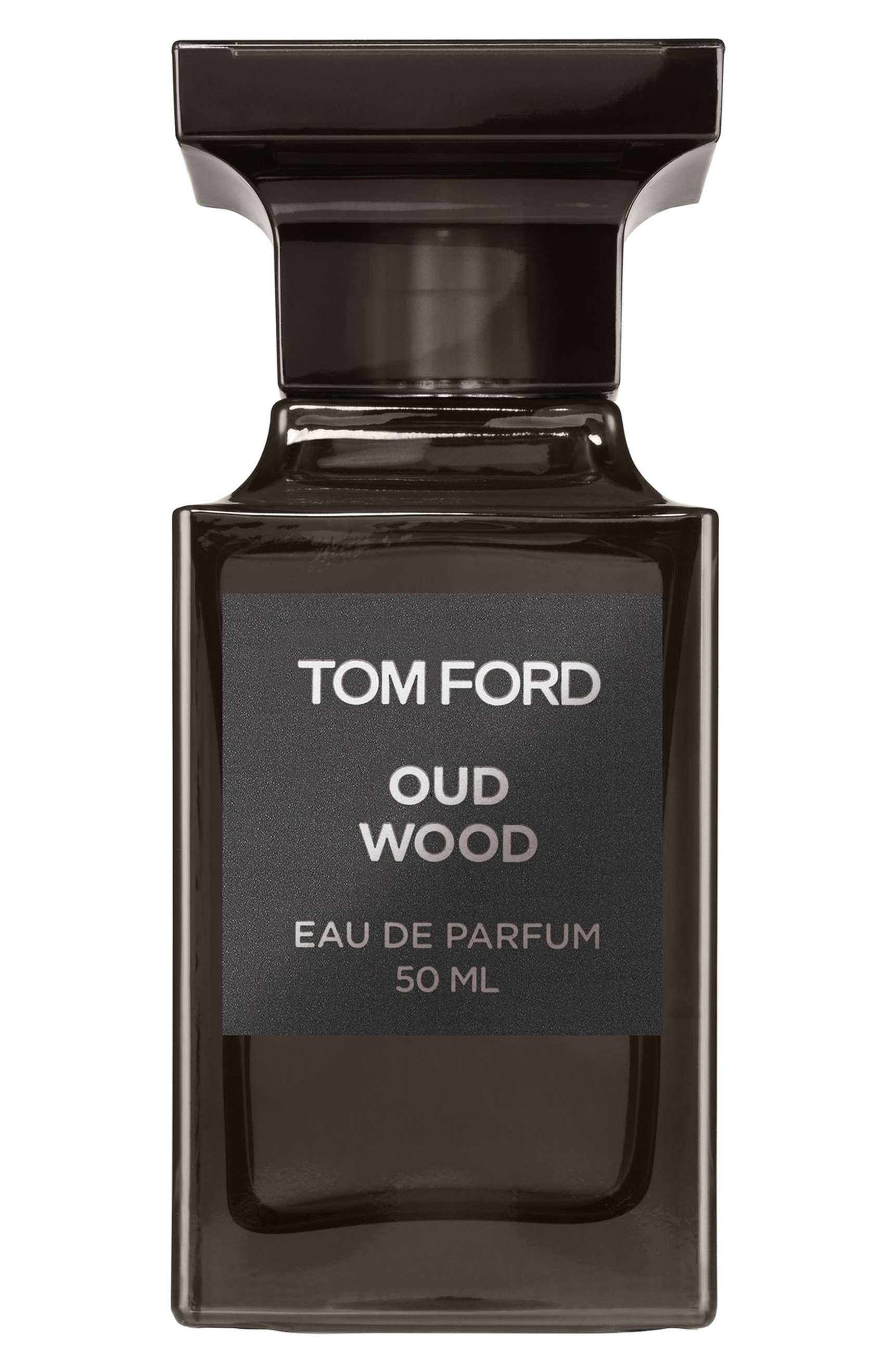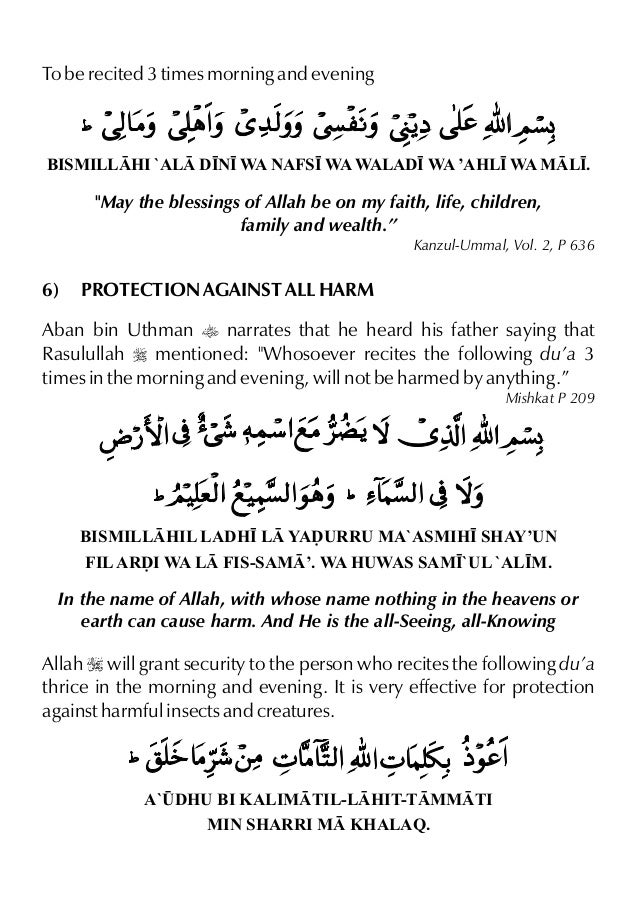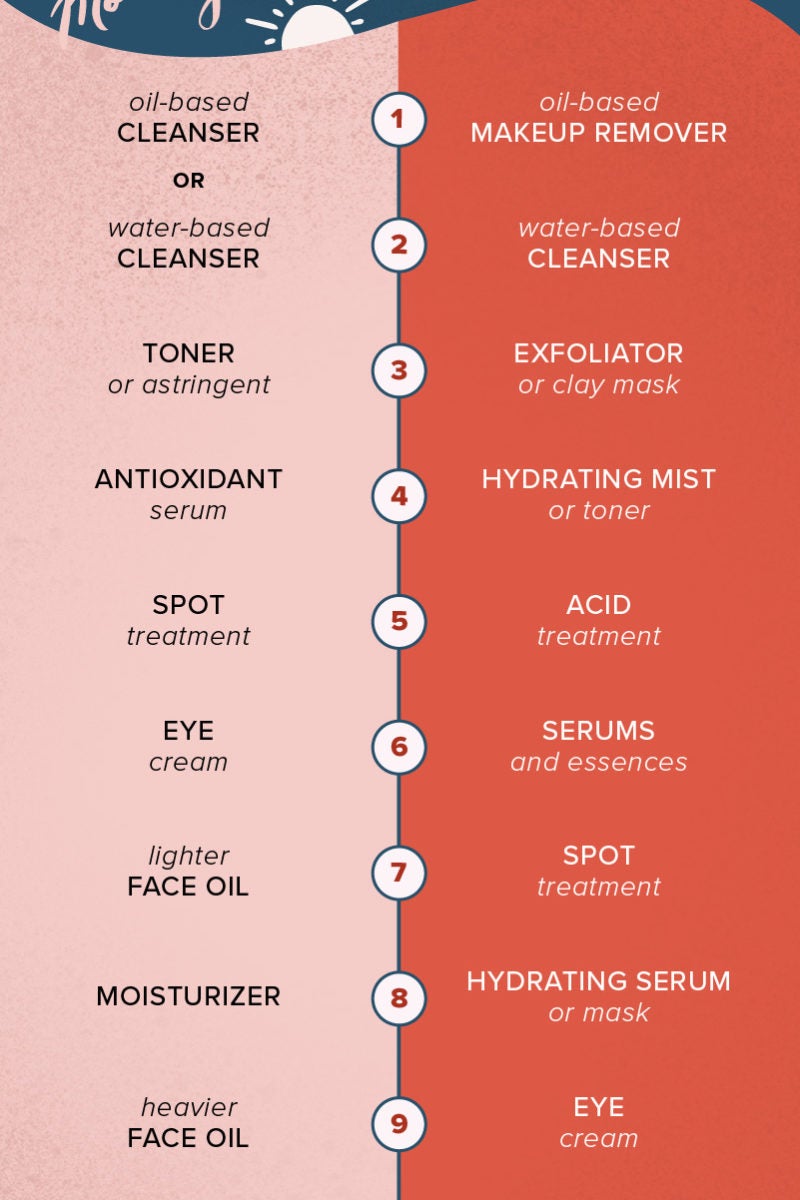OpenCMS is an expert stage open source Web site content material administration system. OpenCms helps to create and manage complicated Web websites easily with out data of HTML. An integrated WYSIWYG editor with a consumer interface similar to well known office purposes helps the person create the contents, while a sophisticated template engine enforces a site-wide corporate structure. OpenCms is predicated on Java and XML know-how, so it fits perfectly into virtually any current modern IT infrastructure. This combines the advantage of versioning, file modifying help, and merging of concurrent adjustments with a defined upstream to the OpenCms development / test / manufacturing server. It allows you to create custom content types, structure your web site in a tree, and make relations between your content gadgets. With a large emphasis on databases, it is extremely extensible via simple configuration recordsdata. The aim is to provide full customization trough configuration recordsdata and plugins. The software is prepared to work with an present database schema. You can lengthen your schema with out changing the software code. ImpressCMS is a content administration system that permits you to easily construct and preserve a dynamic Web website. It is a fork of XOOPS and is totally suitable with XOOPS modules and themes, however has many enhancements. DotCMS is a feature complete and totally supported J2EE Web CMS system. The Accelerator wraps eCommerce functionality throughout the WCM templates, providing a standard UI experience as a consumer moves from information-heavy pages to transactional pages.
Directy CMF is a content administration framework that provides primary performance required for creating Web sites and publishing Web content. It makes it easy for developers to add CMS functionality to functions constructed with the ApPHP MVC framework. Key improvement rules for the offered set of bundles are modularity, usability, documentation, and intuitive coding. This framework is meant to be simply customizable, by means of each the forms of content used and the policies and companies it offers. It allows to you prolong the performance of the bottom utility with your own impartial modules. As a consequence, we will easily create and launch a WordPress web site for less than USD $ one hundred, making WordPress a sensible choice for projects of any price range. Synergiser is a content administration system that does not depend on a database. As a consequence, content material isn't centralized, and its administration involves a unique approach. In addition, October CMS doesn't supply a baked-in database model that includes predefined information entities that may assist the wants of most functions. Pages may be timed to be shown on a sure date, be hidden on a sure date or just quickly hidden. TYPO3 helps search in SQL-databases and redesigning of a website directly is just a matter of making a single new template. Saint CMS is a mix CMS and eCommerce bundle constructed atop a rapid growth framework. It is excessive efficiency, easy to make use of, and offers handy tools for creating websites with custom content material varieties. It includes a built-in weblog, an image gallery, a slideshow, a file manager, a store with downloadable product choices, an occasion logging system, a WYSIWYG editor, and extra. Absolut Engine is a PHP/MySQL framework constructed on the basis of a former information publishing system. It options 3 layer entry, article posting, editing, and deleting. Included are a basic picture and file manager in addition to a associated articles supervisor. Rich textual content enhancing is offered through a built-in WYSIWYG editor that produces XHTML 1.0 Strict compliant code. It is straightforward to extend through the module functionality. Modules embody discussions, surveys, RSS feed export and import, seo, a messaging system, climate reviews, and Google Maps.
October CMS doesn't ship the multilingual performance via its core, however as a plugin created by the October CMS staff that guarantees a faultless integration into the system. From a useful point of view, this plugin delivers what it guarantees. From a development point of view, it isn't fairly perfect how this plugin really works. The content material from a "static page" is created into a new static file per locale, nonetheless, all translated URLs for all locales are saved not of their corresponding file however instead on the default language's file. I don't know if this complexity is due to how the plugin was carried out or whether or not it is because of October CMS' structure. Whichever the case, this is another occasion of undesired bloat on the development aspect. Even sadder are your snarky remarks to these defending Joomla. Until lately most WordPress sites appeared exactly like every different wp site. One widget side bar with the same stock modules in them. I constructed a wp web site a few years ago and found I needed to hack all types of special page templates myself, overlook CSS, I had to learn how to copy chunks of PHP to change issues. Finally over the past 12 months or so, theme makers have broken out of that. The RocketTheme wp templates actually have overrides so you'll find a way to put widgets on different pages and in different places on every web page. I actually needed to onerous code some of my menu gadgets on my keynoteuser.com web site (back earlier than 3.0) to be able to get what I wished within the menu. Then I spent DAYS looking for plugins to do varied issues that simply work in Joomla. More just lately I built a WP 3.0 web site with a brand new Rocket Theme and was a minimum of refreshed to see that they'd included a bunch of issues that I had been pressured to use plugins for up to now. October CMS can exclude a database and act like a flat file system, or have a database and act like a hybrid, storing the contents of pages as static information and blog posts within the database. Therefore, content isn't centralized and wishes a special approach to handle it. For example, while we are ready to use Git to model management pages, there is not a database versioning support per se. The resolution to this downside is to fill within the information via the siderswhich, as code, may be versioned and executed on deployment.
In addition, October CMS does not supply a built-in database mannequin with predefined information objects that might satisfy the needs of most purposes. Therefore, to implement its information mannequin , the appliance will most probably want particular person growth, which is more work. In distinction, October CMS has no reputational security issues. However, since only 27,000 energetic sites are made on October, we can't consider both systems on equal phrases. However, the October CMS improvement group takes security significantly. This is evidenced by the value of the Wizard installation prompt to enter the CMS backend URL, which is / backend by default, but can be changed to one thing else to make it more difficult for hackers to navigate the location. Changing the WordPress login and backend URLs from /wp-login.php and / wp-admin respectively, in contrast, is only attainable by way of a plugin . In addition, October CMS can perform as a flat-file CMS (i.e. without a database) and avoid database vulnerabilities such as SQL injections. In this tutorial, we'll reveal how to create a website with pages editable in WYSIWYG mode, and running a blog options. We will use the Static Pages plugin that permits you to create a dynamic website structure with pages and menus manageable by non-technical end customers. At the same time, the website will embody dynamic weblog pages, with content material managed with the Blog plugin. All plugins used on this tutorial are free for anyone to put in. The ideas from this tutorial may be prolonged to creating extra complicated web sites. Themes implementing related features may be found on the Themes Marketplace, however the aim of this tutorial is to indicate how simple it's to make an October web site from scratch. WebGUI is a content administration framework constructed to permit average business users to construct and maintain complex Web websites. It is modular, pluggable, and platform impartial. It was designed to permit the people who create the content to handle it online, quite than content management taking on the time of busy IT workers. October CMS, on the other hand, doesn't have a status of being insecure. However, since there are roughly 27,000 live websites that use October as compared with WordPress' millions, we can't judge the two of them on the identical terms. In distinction, changing WordPress' login and backend URLs from /wp-login.php and /wp-admin respectively to something else have to be done by way of a plugin.
In addition, October CMS can function as a flat-file CMS (i.e. without a database) and keep away from database-related vulnerabilities corresponding to SQL injection. Drupal already existed but required a lot of customized programming. WordPress was still seen as a "blogging alternative" and not considered as a "general-purpose tool" (and perceptions are exhausting to change!). So lots of open-source lovers back in 2005 started offering Joomla options and never even thought-about looking at one thing else. Also, popular open-source activist teams in my nation, as well as left-wing events (who support open-source tasks very enthusiastically) tended to adopt Joomla in 2005, thus even fostering its use increasingly more. (Most of these political parties and open-source organisations have moved to Drupal since then, however they left a protracted interval of endorsing Joomla as "the" open-source alternative to industrial CMS). Since Gutenberg blocks can generate and store static HTML as a half of blog posts, putting in a quantity of Gutenberg blocks doesn't essentially end in user-side code bloat on the positioning. It may be restricted to inconvenience on the administrator's aspect. Hence, Gutenberg may be thought-about a great approach for building sites in a modular method with a easy but powerful person interface for creating content material. Perhaps the biggest drawback is the necessity to study React, which isn't straightforward . MiniMagAsm is minimalistic, but highly effective and versatile content management system .
It is a rewrite of MiniMag in meeting language . As expected, it is a very small and very quick Web software. It has a versatile architecture and is highly customizable by the consumer without the need for the code to be modified and recompiled. The system uses .txt files to retailer articles, formatted with a lightweight markup language which is very comparable to Markdown. MiniMagAsm is portable CGI software which runs on Windows or Linux Web hosting. Gespinst WebCMS is an easy-to-use Web content management system. It features a file supervisor designed to be familiar to customers of Windows Explorer or GNOME's Nautilus that is used to work with news, pictures, calendar events, and users. A number of textual content formatters are offered, together with help HTML and Wiki syntax. A varieties system can additionally be included for printing, receiving, and validating HTML forms. Additional performance is provided with optional modules. It is built on prime of Zend Framework, which helps promote cleaner code, higher performance, and quicker development. Most of the comments say much of what I want to say, so I'll maintain mine transient. Drupal 7 suited my wants for formidable but smallish community and business websites, primarily due to a large secure of mature modules, an superior way to mannequin content and create custom content material types, and of course Views. Drupal eight has all of this, and could with some creativeness be packaged in a means that might let me proceed using it for the type of sites I regularly build. But the obsession with The Enterprise is taking my Drupal away from me. The architecture of D8 just isn't in question, no much less than not for me.
I view each significant architectural change in D8 as needed, and in the lengthy term, advantageous. I consider we might disguise a number of the complexity and have a Drupal 8 that also works for the likes of me. Right now nonetheless, I'm being pressured to make use of the abomination that's Wordpress to construct my newest project, and I hate it. I've tried others corresponding to October CMS and Grav CMS. I'm building my own web site on Grav because it's kind of like a mini Drupal. I think WP is headed for a reckoning because of it's antiquated code base, so if we may discover a way to fit Drupal back into the small-but-ambitious market, it will be a win for all of us. WordPress attempts to deliver a minimal core functionality which is enhanced via plugins. WordPress depends on the "80⁄20 rule" to determine if to incorporate some performance in its core experience or not. If it advantages 80% of the customers it goes in, in any other case, it belongs to plugin-land. When adding plugins to a website, they'll result in bloat if too many plugins are installed. Plugins can also not work nicely with one another, or execute similar code or load related belongings, resulting in suboptimal performance.
Hence, whereas launching a WordPress site is comparatively straightforward, a much bigger challenge is its common maintenance and having the power to preserve an optimum and performant state when adding new features. Rhizome is a Wiki-like content administration and supply system that exposes the complete website together with content, structure, and metadata as editable RDF. This implies that as a substitute of making a site with URLs that correspond to a web page of HTML, you presumably can create URLs that characterize absolutely anything. It was designed to allow non-technical users to create these representations in a straightforward, ad-hoc manner. For developers, this allows each content and construction to be simply repurposed and complicated Web functions to be quickly developed. MediaWiki is a Web-based collaborative editing environment. DotNetWikiBot Framework is intended to help with many complicated and routine tasks of wiki website growth and upkeep. Any .NET language can be used to entry DotNetWikiBot library capabilities. Only minimal programming expertise are required to make bots with DotNetWikiBot Framework. It takes a listing tree crammed with HTML information and builds an unordered HTML list of those recordsdata, which you'll then view. ImCMS is a role-based Content Management System. It can be used to create and manage complicated Web websites, intranets, and portals, and as a platform for other kinds of Web-based applications. It can easily share its information with and import information from other systems, and can be managed through the built-in API. With the assist of the built-in WYSIWYG editor, it is extremely easy to edit pages in a browser. Concrete5 is a content material management system that may handle Web functions, Web websites, shops, and boards.
It permits individuals concerned with Web sites to easily manage their content and their site construction. Concrete5's in-context enhancing is like working with a wiki, and the extendable block support makes enhancing and lengthening unique Web sites simple. The goal behind Concrete5 was all the time to create a toolset that could be utilized by anyone with basic laptop skills to edit and add pages to a Web site. Caravel is a strong content material management system designed for enterprise-level organizations. It relies upon OpenLDAP, and developed in PHP to work with PostgreSQL. It facilitates fast era of template-driven Web sites, sharing of information, stylesheets, and layouts throughout organizations, and simple management of quite a few Web websites. It features a Content Block Application system, which permits fast improvement and implementation of third-party modules and plug-ins. Ariadne is a Web Application Framework and Content Management System constructed with PHP. It permits you to construct advanced Web purposes and websites with ease. It takes care of the mundane stuff like internationalization, safety, user management, templating, knowledge retrieval and storage, caching, and website administration. It stores content material in a structured object retailer that can be accessed through an extensive filesystem-like API. For an easier module like Honeypot, this is not a major problem, as a outcome of website builders can reconfigure Honeypot fairly shortly. Even if the module has the very same options and performance. The improve becomes a much more risky proposition. We must then edit the .env file to add the database configuration and secret keys and salts, as would usually be required in wp-config.php file, and in addition to indicate which is the surroundings and the site's domain.
Poedit permits to translate strings for themes and plugins for WordPress. WordPress at present doesn't ship any solution in core to translate content, and won't achieve this till Phase 4 of Gutenberg (targeted for 12 months 2020+). Until then, this functionality is provided by plugins which provide different strategies for storing and managing the translated content. Hence, we are ready to store round and determine essentially the most appropriate strategy for our needs. Since WordPress 5.0 Gutenberg is the default content material creation experience. Hence, Gutenberg can arguably be considered a good strategy to produce websites in a modular means, with a easy but highly effective user experience for creating content. Possibly the largest disadvantage is the requirement to be taught React, whose learning curve is rather steep. There are two methods to configure plugins — with back-end settings forms and with configuration files. Using database settings with back-end pages provide a better user experience, but they carry extra overhead for the preliminary development. File-based configuration is appropriate for configuration that's not often modified. The starter template has a basic weblog implementation, it is simple to begin modifying to seem like what you want, and it has a basic admin panel for adding new pages/posts that is shopper friendly, in distinction to a static web site generator. If you're not into making your individual theme, there is a web site for buying them called getkirby-themes.com which most other flat file CMS choices haven't got. TomatoCMS is a strong content material administration system. Its key function is its Layout Editor and widget ideas. TomatoCMS additionally supports plugins/hooks, templates/skins, a number of languages, and has high performance. It helps a modular architecture with more than 10 built-in modules, such as advert, category, remark, menu, multimedia, information, poll, tag, and addContent. Silva is a CMS for organizations that manage multiple or complicated Web websites. Content is saved in clear XML, impartial of structure and presentation. Silva is built on high of the Zope Web software platform. Midgard is a freely-available resolution for managing content on Web, Extranet, and Intranet providers.



























































